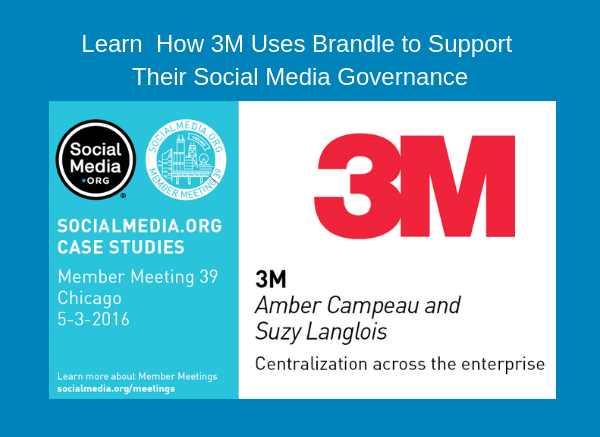There are many digital threat avenues for bad-actors to infiltrate a corporation and social media has become a favorite. Even though there are technology solutions (such as Brandle) that help corporations with these risks, it still takes constant oversight, monitoring, and forward thinking. One area that is often overlooked is employee social media training specifically around the topic of risk to the corporation. This falls into the category of corporate social media security and risk management.
Creating a strong training program to educate employees on the risks and pathways that hackers and phishers use is critical. Delivering the requirements employees must follow to assist with corporate social media security should be mandatory. There are six key requirements that should be part of your social media security training program.
















